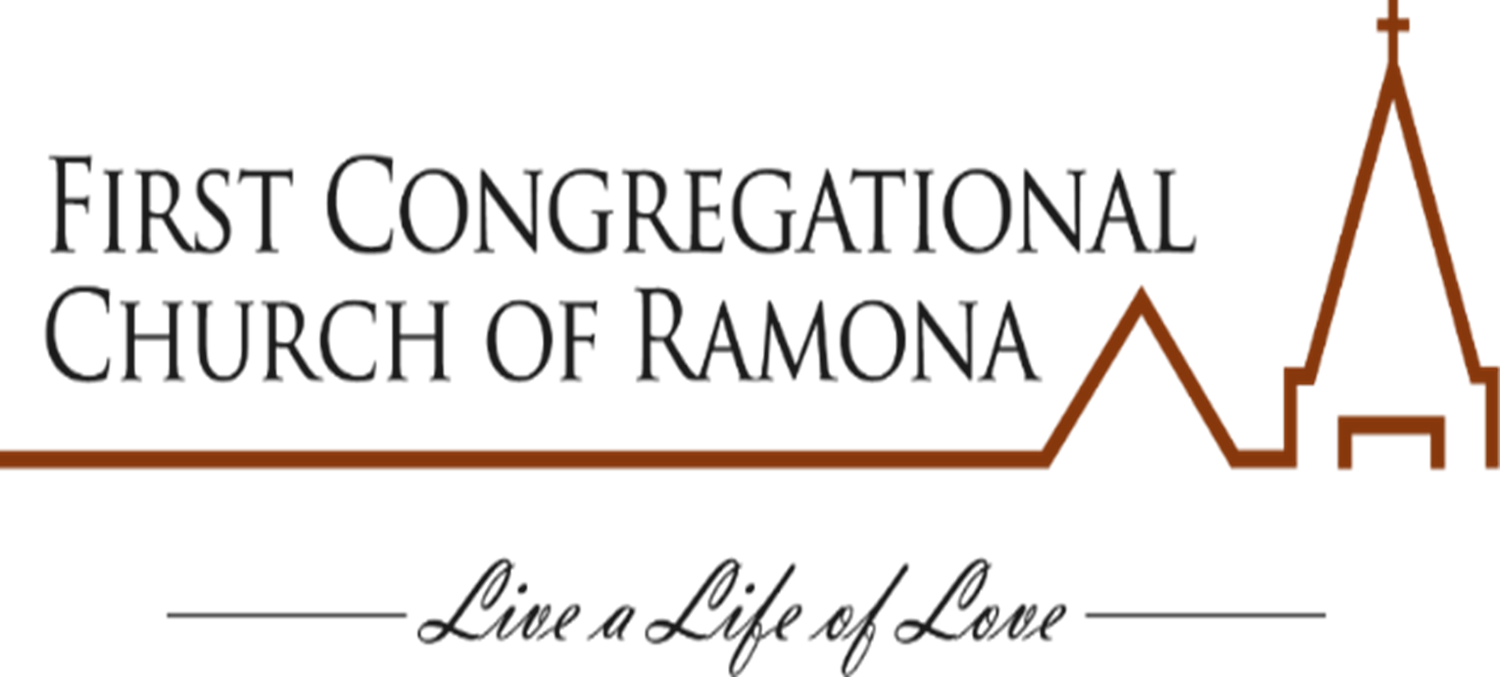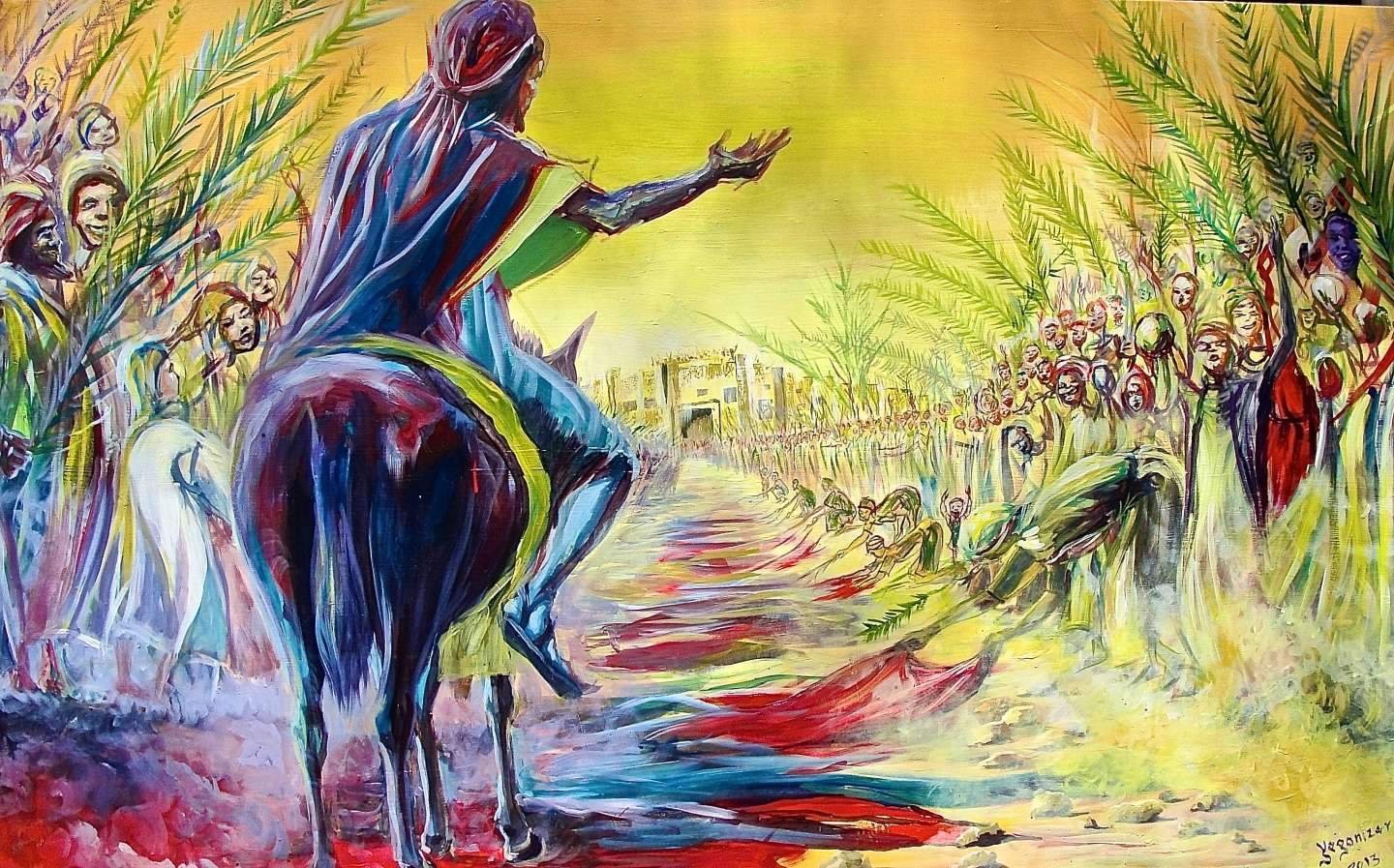Palm Sunday: A Prophetic Parade of Resistance and Hope
God's mercy extends to those who fear God, from generation to generation. God has performed mighty deeds with God's arm; God has scattered those who are proud in their inmost thoughts. God has brought down rulers from their thrones but has lifted up the humble. God has filled the hungry with good things but has sent the rich away empty. (Luke 1:50-53)
Palm Sunday is more than a festive moment marking the beginning of Holy Week. It is more than palm branches and hosannas, more than children in procession or the waving of greenery in sanctuaries. It is a theological drama, a prophetic act of resistance, a critique of empire, and a deep reminder of who Jesus is—and who he came for.
When Jesus enters Jerusalem riding on a donkey, he is not just fulfilling a prophecy (Zechariah 9:9); he is performing a deliberate counter-procession. Jesus enters from the east as Pontius Pilate—Rome’s representative—would have entered from the west, mounted on a warhorse, flanked by soldiers, a demonstration of imperial power meant to intimidate and establish control. Jesus’ entry mocks this. His colt/donkey, his peasant disciples, and the cries of “Hosanna!” are not signs of royal splendor but of grassroots desperation and defiant hope.
“Hosanna” means “save us.” It is not praise detached from pain. It is the cry of the overworked field laborers, the hungry, the oppressed, the overlooked. It is the plea of those whom Rome has exploited and religion has ignored. The people waving branches are not just celebrating—they are crying out for liberation. They recognize in Jesus a different kind of "king," one who stands with the poor, one who rides not to conquer or accumulate but to suffer, not to dominate but to serve.
This is why Palm Sunday must be understood as a critique—not just of Rome but of every empire that raises monuments on the backs of the laboring class. It is a critique of religious establishments that align themselves with power instead of with people. And it is a call to the church to ask: do we march in parades of peace, or in processions of power? Are we following the donkey-rider or the warhorse general?
Jesus’ statement, “If these were silent, even the rocks would cry out” (Luke 19:40), confronts this head-on. When the religious leaders try to silence the crowd, Jesus exposes the deep irony. Creation itself is crying for justice. The rocks are ready to cry out. Inanimate objects are more attuned to the truth than the elite religious leaders who have become too entitled, too comfortable, too complicit in imperial power to risk alienating the powerful. Jesus isn't just defending noisy worship—he's indicting a religious system that has forgotten why it exists, and for whom it exists.
Palm Sunday doesn’t end in triumph. The joy of the crowd is real, but so is the misunderstanding. Many want a messiah who will fix their problems without challenging their assumptions. But Jesus refuses a crown without a cross. He refuses celebration without sacrifice. And this is why what happens after Palm Sunday is so important.
Too often, the church is tempted to skip from Palm Sunday to Easter. From celebration to celebration. From green branches to lilies and tulips. But Jesus’ journey doesn’t skip past the pain—it goes through it.
Maundy Thursday invites us into the intimacy of servanthood, as Jesus kneels to wash feet, shares a final meal, and commands his followers to love one another. Here we see Jesus not as an exalted king but as a humble servant, redefining power through vulnerability. He institutes a table, not a throne.
Good Friday forces us to look unflinchingly at the cost of love. Jesus is betrayed, tortured, mocked, and executed because he dared to challenge the systems of domination for the sake of those in need. The cross is the exposure of how far empire will go to silence those who bring good news to the poor.
Holy Saturday may be the most honest day of all. It is the day of silence, the day of waiting, the dark sabbath when God is absent and hope feels foolish. And yet, it is central to the story. Jesus dies on Good Friday and is dead on Holy Saturday, thus assuming death and dying into the very life and being of God, so that there is no bottom to where God's love may reach. There is no resurrection without the tomb.
To skip these days is to misunderstand the depth of Easter. Resurrection is not a reset button. It is a vindication of the one who stood with the poor, who confronted the empire, who washed feet, who endured the cross, who entered death and descended to hell.
Palm Sunday sets the stage. It asks: Which parade are you in? Whose voice are you silencing? Are you waiting for the rocks to do the crying? Are you among those against whom they cry out?
It is a call to cry “Hosanna” not as spectators but as participants in God's unfolding drama—a drama that centers the poor, critiques the powerful, and invites us to walk the road of love, even when it leads to a cross.
Because only then do we truly understand what resurrection means.


